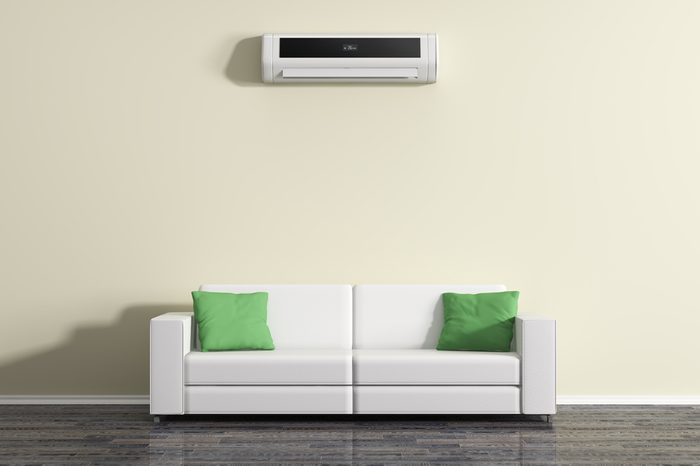
Burning smells
“Some burning smells are harmless and very common, especially when you turn the heat on, but others are more concerning,” says Richard Ciresi, owner of Aire Serv in Louisville, Kentucky. “An electrical burning odor could indicate an overheated blower motor, which could mean mechanical problems or frayed electrical wiring in your heater.” Other odors like a gunpowder-like aroma could be from a fried circuit board or motor fan. Pungent smells from the air conditioning vents generally signal the air conditioner wire insulation is fried. “All other types of burning heater smells are potentially dangerous, expensive to fix, and demand inspection from a qualified heating technician,” says Ciresi. Read about more secrets home inspectors won’t tell you.

Windows that won’t open
If the windows don’t open, stick, or are drafty, the only thing you’ll be opening is your wallet—to pay for a houseful of new windows. “As structures shift and settle over time, insulation, caulking, and other protective materials slowly lose their protective powers, such as older homes leaking air conditioning in the summer and heat in the winter,” says Larry Patterson, of Glass Doctor, a Neighborly Company. A house full of warped or damaged windows comes with a hefty replacement price tag. Replacing windows in an old house is probably a job you want to pay a pro to do. If you’re tempted to DIY it, you may want to first check out these pictures of home-improvement fails that will make you cringe!

Warps, stains, and rust
Take a closer look around appliances that connect to plumbing, suggests Doyle James, president of Mr. Rooter Plumbing, a Neighborly Company. “You want to look for warping floors around the toilets, dishwasher, and refrigerator. Make sure the flooring is solid in each of these areas and that there’s no staining.” Check out the ceilings below second-floor bathrooms, too. “Any sort of musty smell could also indicate a long-term leak that needs attention.” Warped floors, water damaged walls and ceilings, and plumbing repairs can be a renovation nightmare. Here are 25 secrets a plumber won’t tell you.
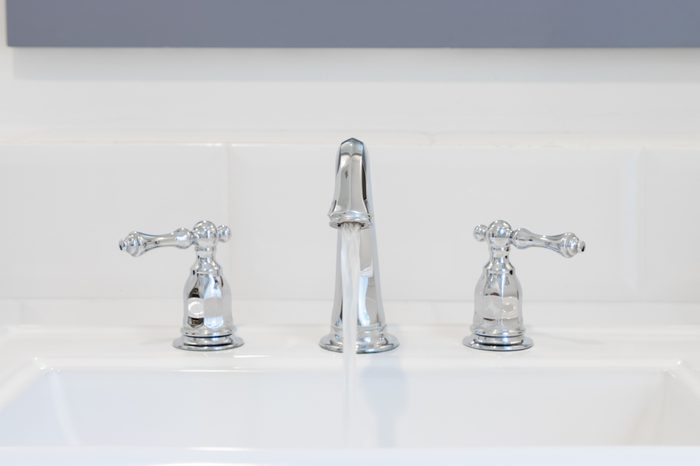
How’s that water flowing?
Kitchen and bathroom sinks are all working and have running water, so the plumbing is probably good, right? Not necessarily. According to James, you need to dive in and test for other functions. Make sure the toilets flush without gurgling or burping; if they do, you could have septic tank issues. Faucets should emit hot and cold water freely. Check for water pressure and drips too. “A lack of water pressure can be a sign of more serious plumbing issues lingering beneath the surface,” says James. “Drips are signs the house is experiencing leaks, which can add to your regular utility bill and also lead to expensive repairs.”
If you’re making repairs, now might be a good time to consider adding water filtration units; here are 17 facts you need to know about tap water.
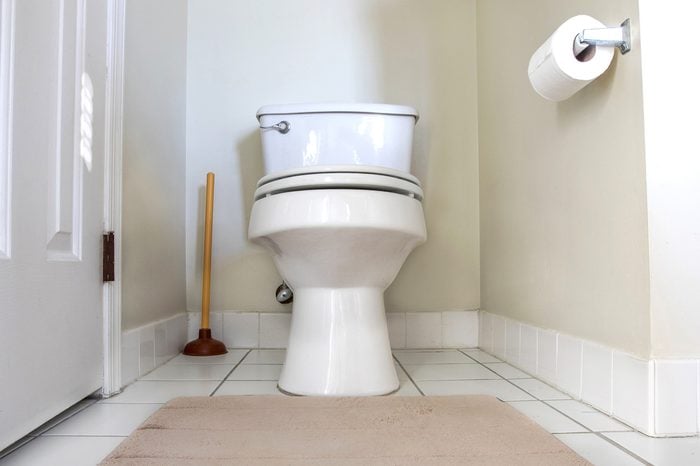
Wobbly toilet
Taking a potty break during a home tour isn’t something you would normally do, but you may want to consider it if the house is a serious contender. In homes built with a wooden floor truss system, the sub floor is most likely made of plywood, which is subjected to moisture. If the sub floor is rotting it will feel soft or spongy in places, causing things like the toilet to feel unstable when you sit down. “This could lead to your entire floor collapsing if left unattended,” cautions Jack White, certified restorer, water-loss specialist, and vice-president of Rainbow International, a Neighborly Company.

Warped walls
If these walls could talk, they may tell you about the money pit you’re about to fall into. “When drywall absorbs water, it begins to swell and become soft. Over time, the damaged area starts to crumble, especially around the baseboards,” says White. Run your hands across the walls in each of the rooms. “If it feels uneven or looks crooked when you look at it, have it checked by a professional,” says White. Here are the four most common causes for damp walls.
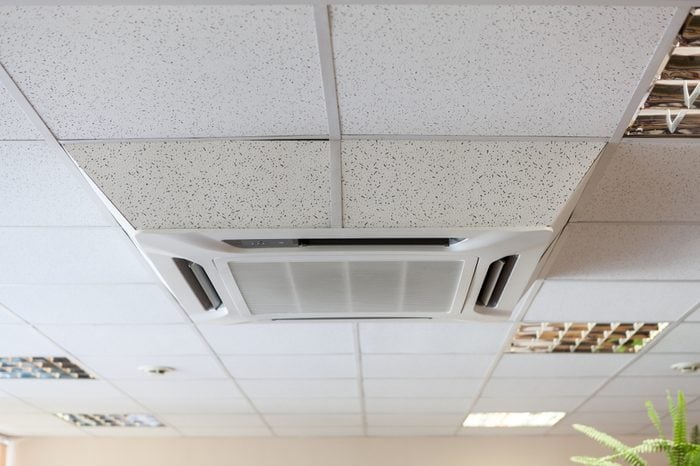
Invisible mold
Mold spores are everywhere but when they drop on places where leakage may have occurred, like in roofs, walls, ceiling tiles, insulation, you could have a money pit hiding beneath the surface. “Mold is actually built from the inside out so that by the time you are able to see it, no matter how much you scrub, the problem will not go away,” says White. You’re looking at mold remediation, at a minimum, and replacing building materials and housing components if the damage is severe. Don’t overlook these 13 signs that a house is not a healthy place to live.
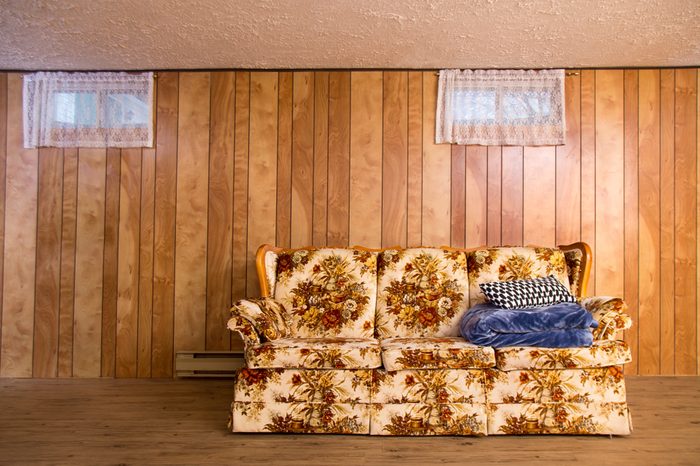
When vintage isn’t so cool
An old house with vintage fixtures is a wonderful discovery for some home buyers, but before you cue up episodes of This Old House for inspiration, take a closer look at the basement. “Cracked waste stacks, old brass plumbing, remnants of knob-and-tube electrical, ceiling stains from prior water saturation, oil stains from leaking tanks, asbestos pipe-wrap, and mortar dust around the perimeter are all common in old homes,” says Kate Ziegler, Realtor with Arborview Realty in Boston. “One or two of these is not a death warrant for the deal, but all of them in combination will be costly.” Before you start renovating, here are 11 secrets contractors wish all new home owners knew.
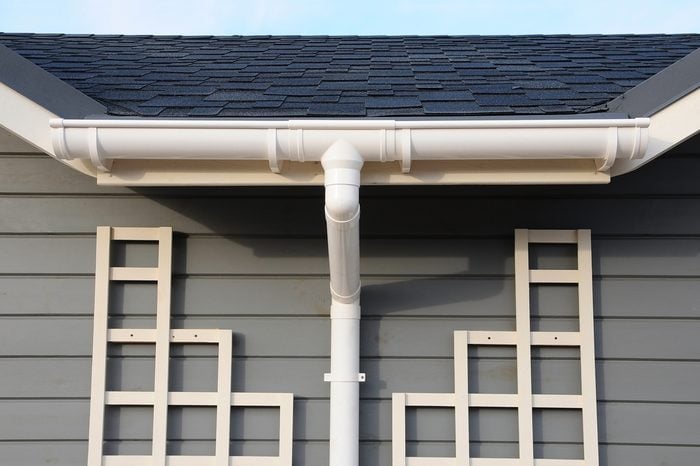
Get your mind in the gutter
“Even if you view a home on a beautiful, sunny day, check the gutters!” Ziegler says. Disconnected or missing downspouts and gutters are signs that point to a possible money pit. “Over time, water can degrade mortar and wash out soil that is supporting foundation walls, and water or ice flowing down siding rather than through downspouts can speed the deterioration of those materials,” says Ziegler.
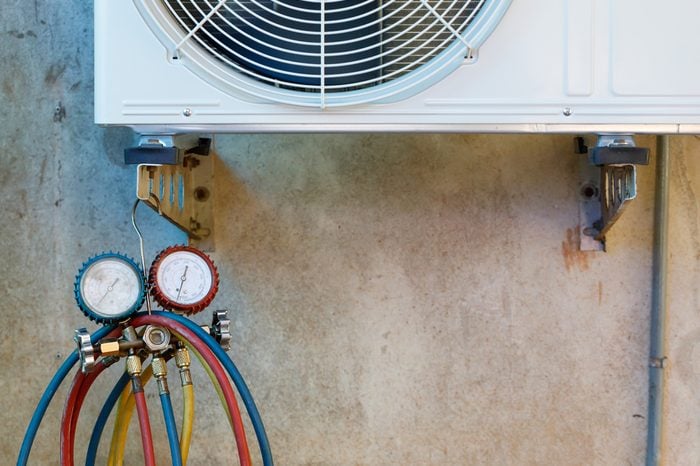
Ask for maintenance records
It’s important to check how well a home’s systems components have been maintained. “If the septic system is pushing the 30 to 40-year mark and has not been pumped regularly, the buyer should expect a major system failure during the time of their ownership,” says Sam McLennan, a real estate agent with Century 21 McLennan & Company, Boston. Inquire about major components such as the HVAC, roof, and appliances. “While it’s normal to replace one or two components, nobody wants to get hit with having to replace several within a five-year period,” says McLennan. These are the 16 most important things homeowners should check on every year.

Asbestos
Sometimes hazardous elements aren’t so easy to spot. “An old furnace covered in asbestos that wasn’t properly removed, old asbestos siding that needs replacing, or asbestos tile in a finished basement can be a potential money pit with future renovations,” McLennan warns. If you’re considering a home built before 1978, the presence of lead paint is an important health issue to consider. These are 15 other hidden home dangers you need to keep an eye out for.
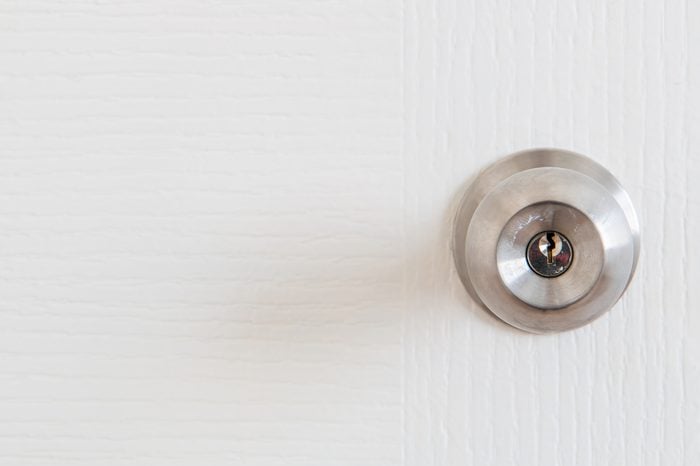
Sticky door and loose nails
Cracks are one sign of foundation problems, but Tonya Bruin, CEO of To Do-Done Renovations and Handyman Services says there are also some less common ones, including: if the crown molding has gaps from the roof, nails are coming loose or falling out, and doors are sticking and hard to open. “These issues could be caused by other things as well, such as simply a bad contractor, but it’s a good indicator that you should schedule a foundation inspection before buying,” suggests Bruin.
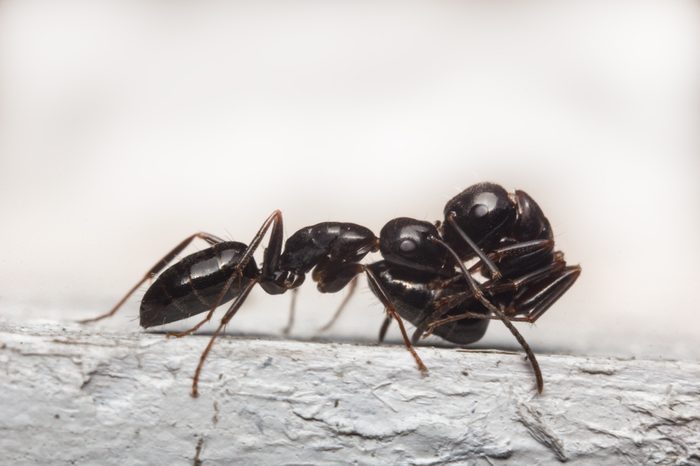
Carpenters that aren’t human
“Carpenter ants can cause damage to wood structures, such as wall studs, as well as the unseen structural timbers, the more aesthetic areas such as window sills, or in areas that could cause safety hazards, such as wooden steps,” says Bruin. Carpenter ants and dampwood termites both like moist and decaying wood, which could lead to costly structural issues. Here are 7 ways to get rid of ants without calling an exterminator.
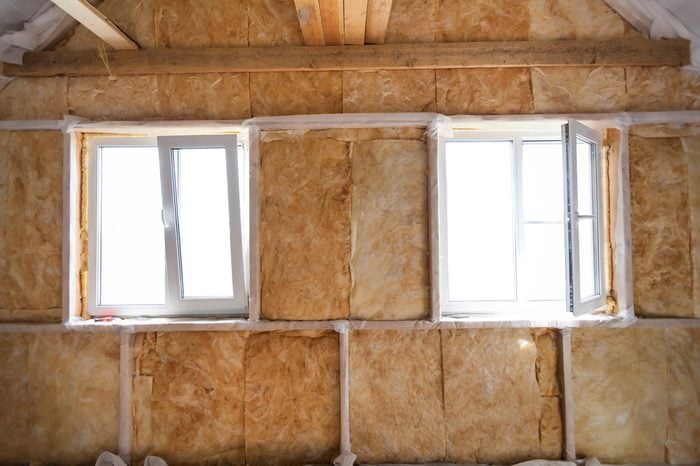
Lumpy insulation
Grab a flashlight and check out the insulation in the attic. John Bodrozic, co-founder of HomeZada says lumpy, uneven, and saggy insulation could indicate a leaky roof and an environment for mold to thrive. Damaged insulation also means losing warm air in the winter and cold air in the summer. Another sign that could point to water in the attic: “If you walk inside a house and see paint discoloration or stains in the ceilings, it’s a good indication that water got into the attic and not only damaged insulation in that area but also leaked into the drywall of the ceiling.”

Your roots are showing
The big old oak tree in the yard is gorgeous but overgrown trees and shrubs, especially if they are against the house, could be a bad sign of things to come. “After rain storms, water might be accumulating by these shrubs and seeping under the foundations which can cause structural and mold problems,” says Bodrozic. That’s not your only problem: “Rodents love to get into the house by climbing on trees onto the roof and into the attic, and large tree roots next to a house can cause damage to foundations, sewer pipes, and landscape drainage piping as well.” Trimming shrubs near the house is just one of the 14 things every smart homeowner does at least once a month.
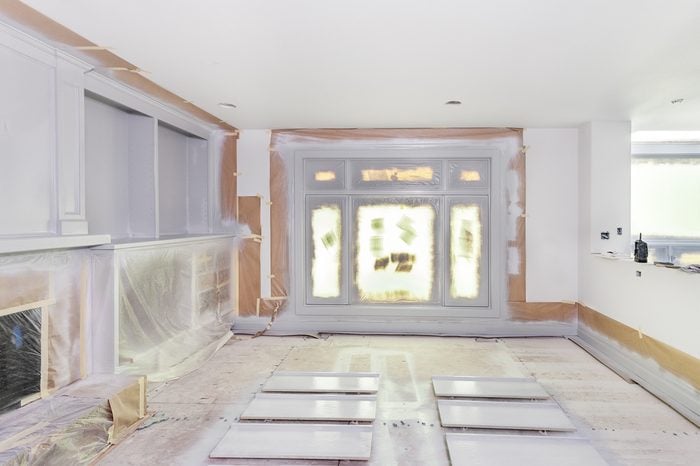
Permits and building codes
Gutting a house down to the studs? Be aware that a complete remodel often requires permits and local inspections that may call for updates to the house you weren’t expecting. “State and local building codes change over time to primarily increase safety and health standards with construction materials and processes. When doing a complete remodel, this requires a permit and local inspections, which often results in even more money being spent to update the house to the latest code requirements,” says Bodrozic. Whatever your plans, if you’re considering one these 12 home improvement projects—better call a pro.
